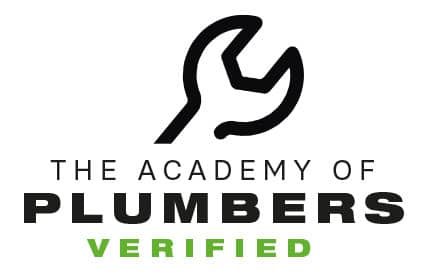An electrical bus duct distribution system should be tested annually according to the following standards:
NFPA 70B: Recommended Practice for Electrical Equipment Maintenance Standards
NFPA 70E: Electrical Safe Work Practices Standards
IEEE: Institute of Electrical and Electronics Engineers
NETA: National Electrical Testing Association
Manufactures O&M RecommendationsTHE BACKGROUND
A healthcare facility installed a new bus duct system and failed to perform the annual recommended preventative maintenance testing.
THE RESULT
Eventually, the bus duct system failed. They experienced two catastrophic failures within one week of each other.
THE APPROACH
The facility needed to replace damaged bus duct system quickly so they opted to replace the copper construction with aluminum since it was in stock. The new aluminum bus duct was installed, tested, and commissioned by the bus duct manufacturer but when the system was re-energize they experienced another catastrophic fault. The facility then had to rent generators to power the facility until the new bus duct was purchased and installed.
THE BENEFIT OF USING UT & IR FOR COMMISSIONING
Ultrasonic (UT) and infrared (IR) testing would have uncovered the loose connections on the bus duct system which was the source of both catastrophic faults. Ultrasonic would have detected the arcing on a molecular level and infrared would have indicated the severity of the problem.
So: Is EPM cost-effective?The generator rental, cost of fuel, and the downtime cost estimated to be over $580,000.00. The HVAC was affected during this outage and caused the healthcare facility to lose over $1 Million worth of drugs. Also, this estimated cost does not include the added risk of safety and patient care during the unplanned electrical outage. The EPM on the bus duct connections was quoted at less than $10,000.
The cost of this one failure was equal to 150 years of EPM!!





